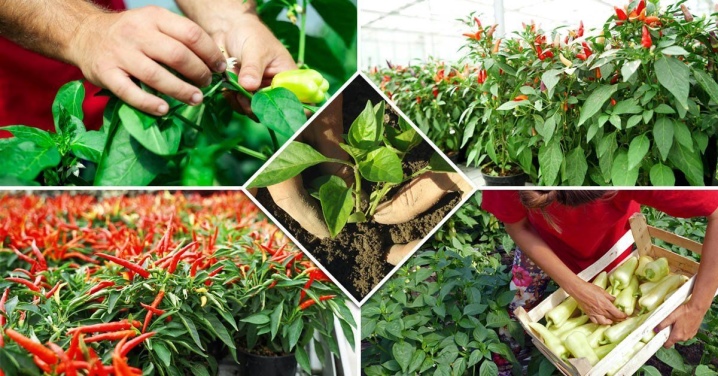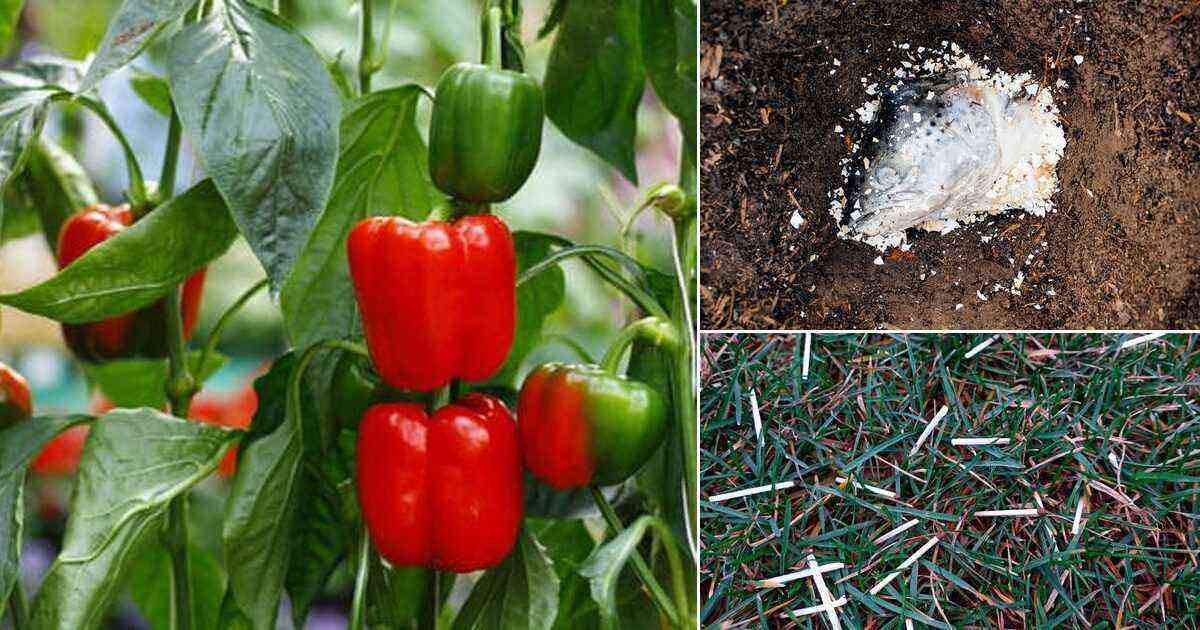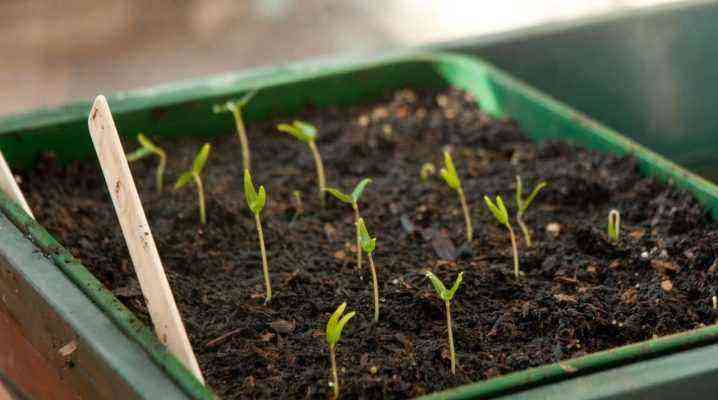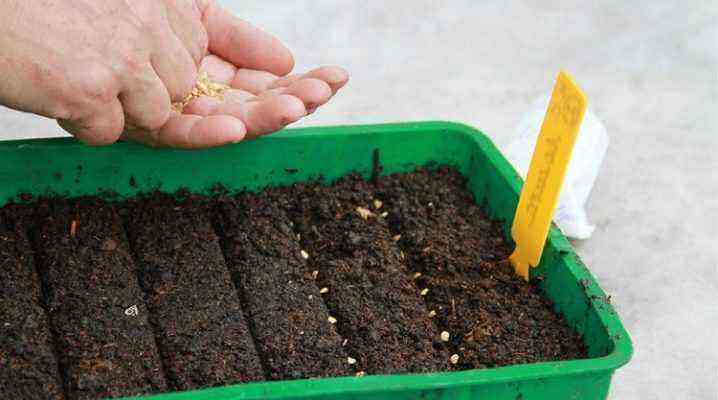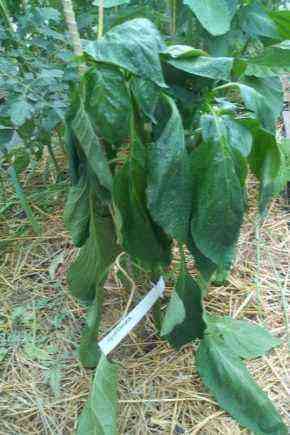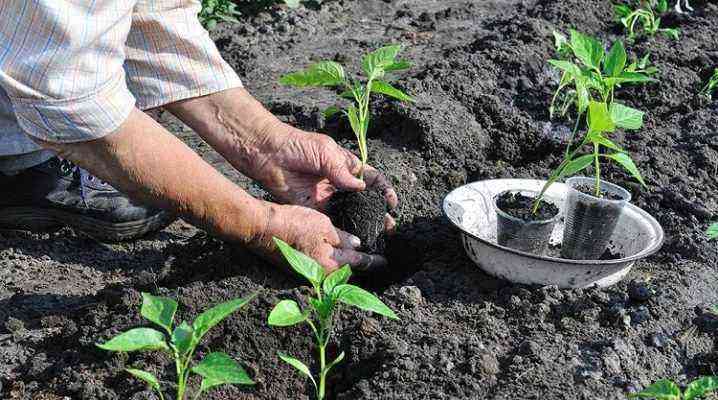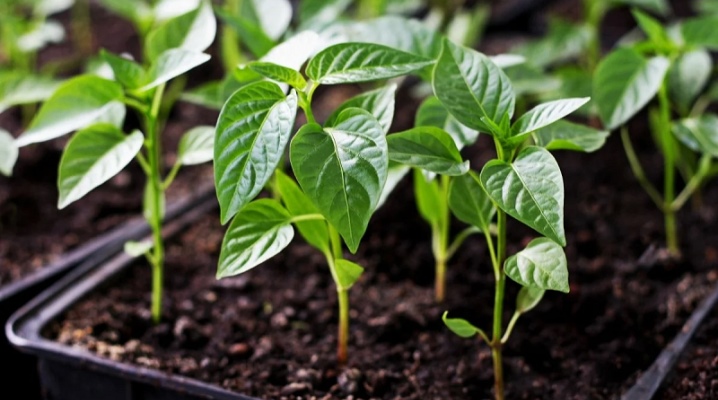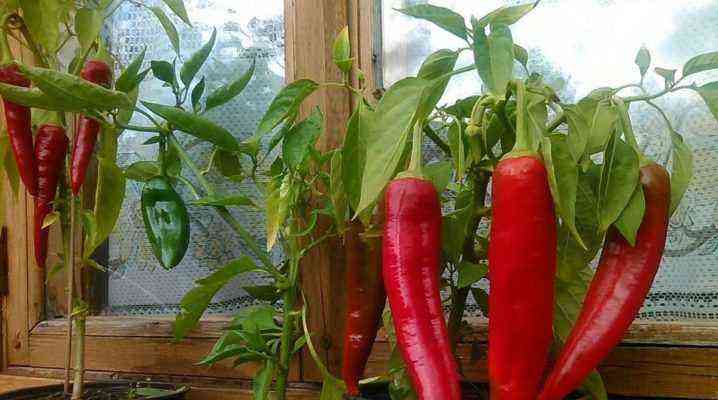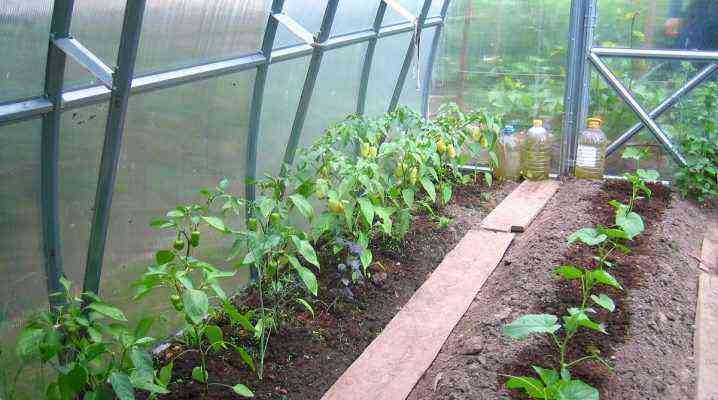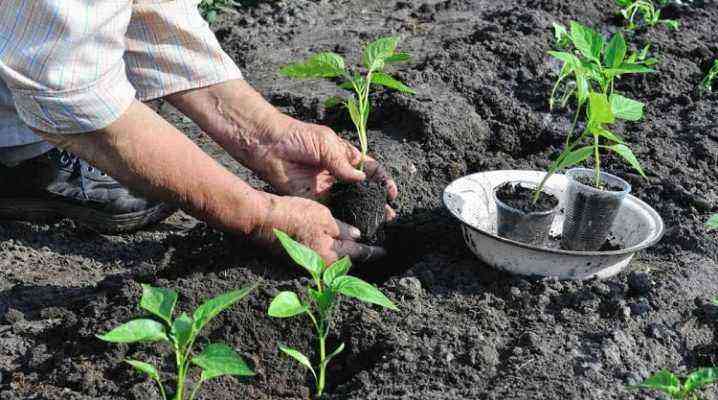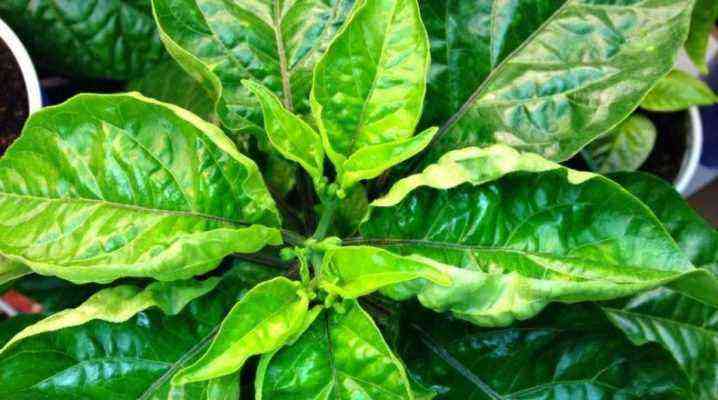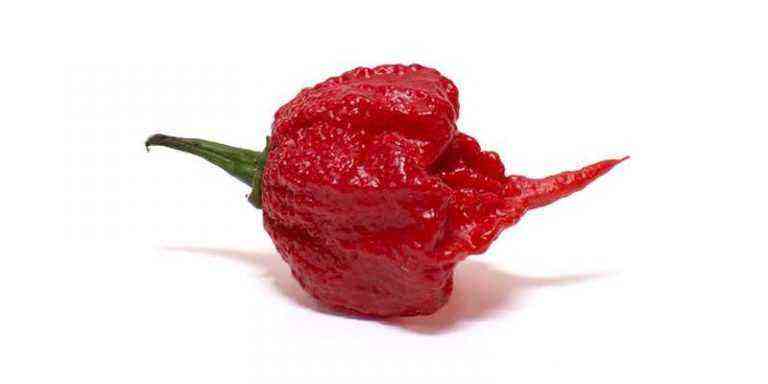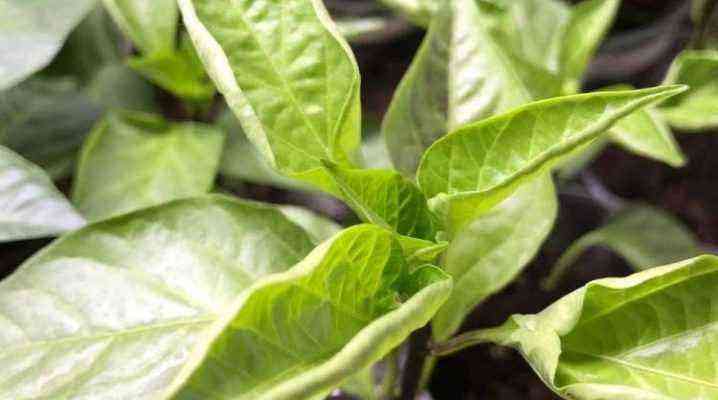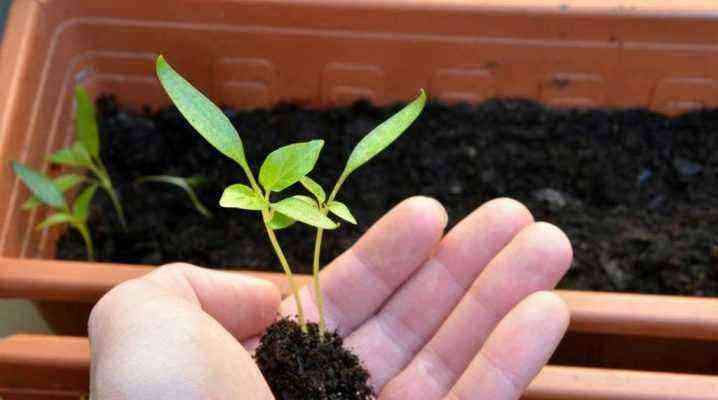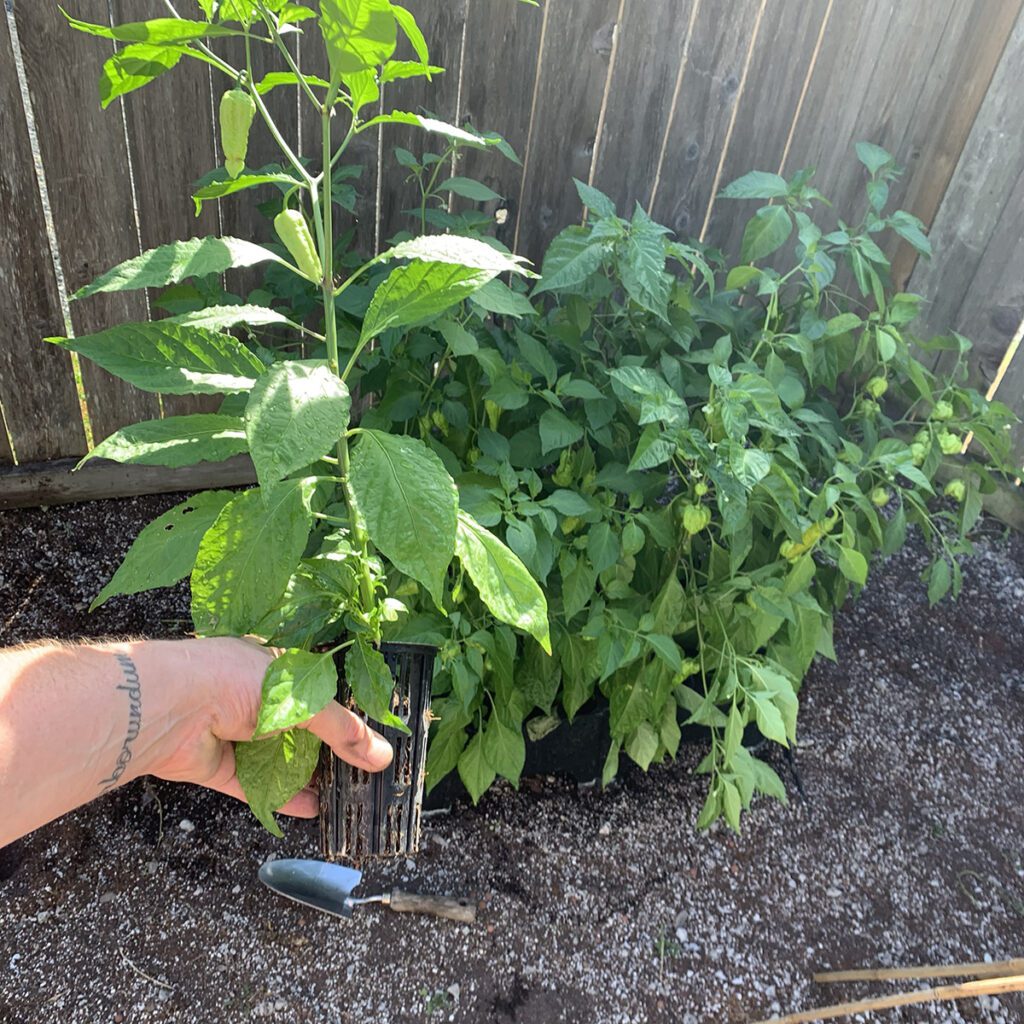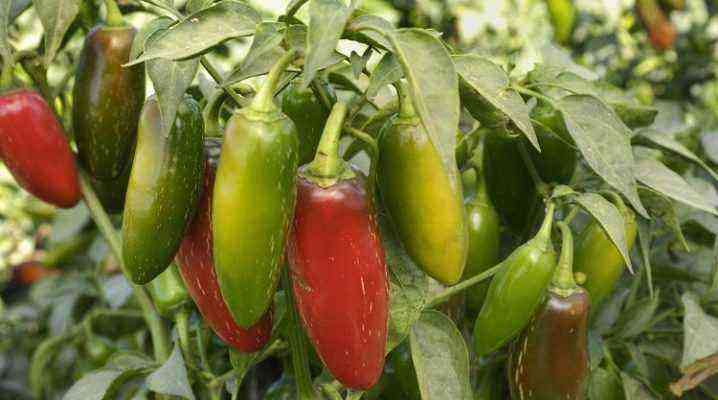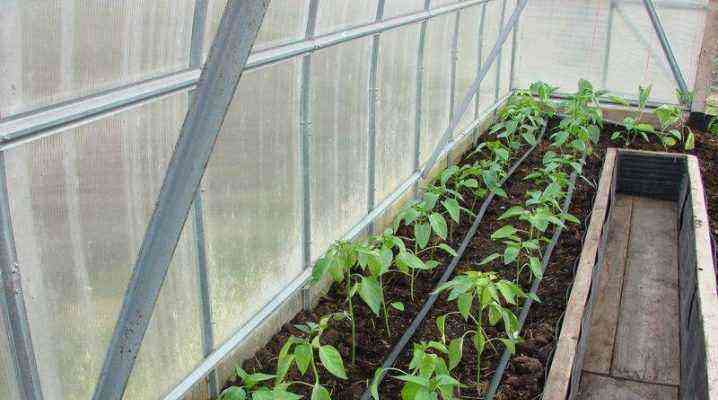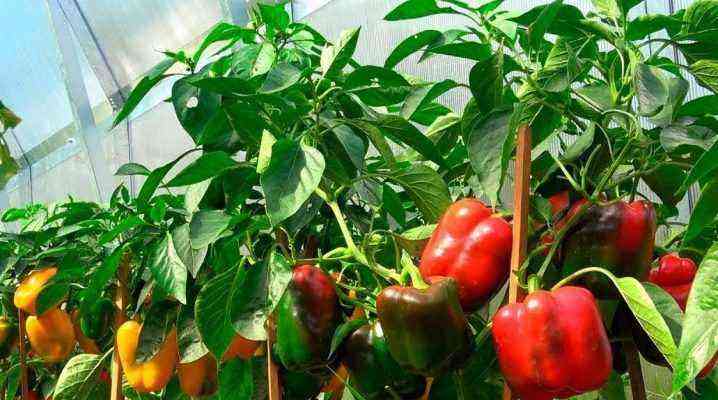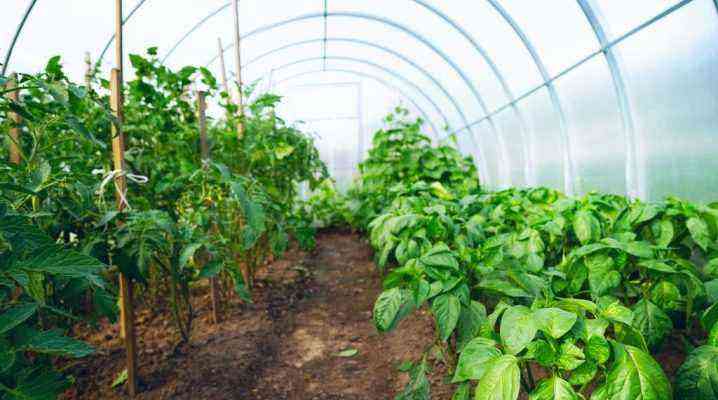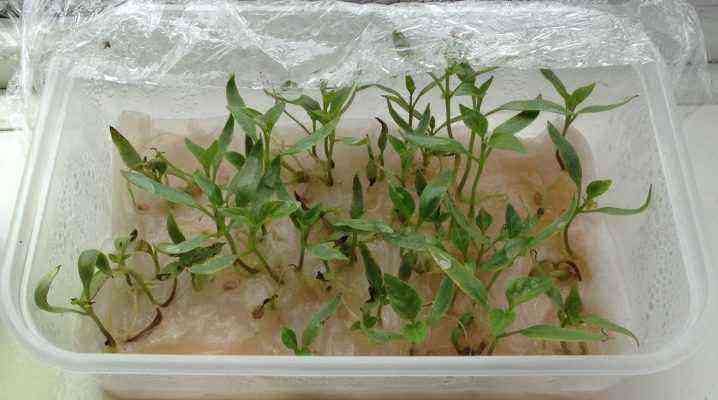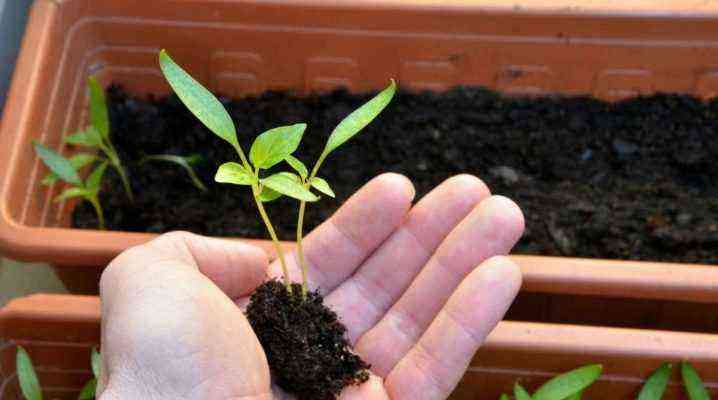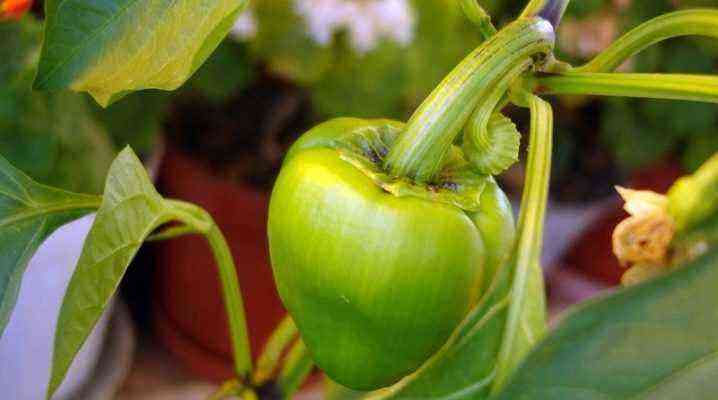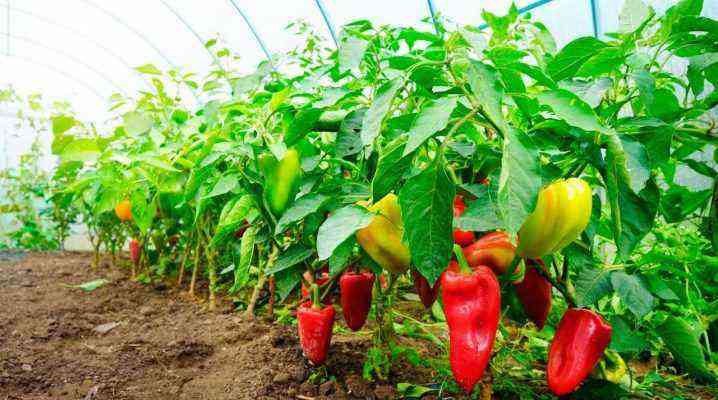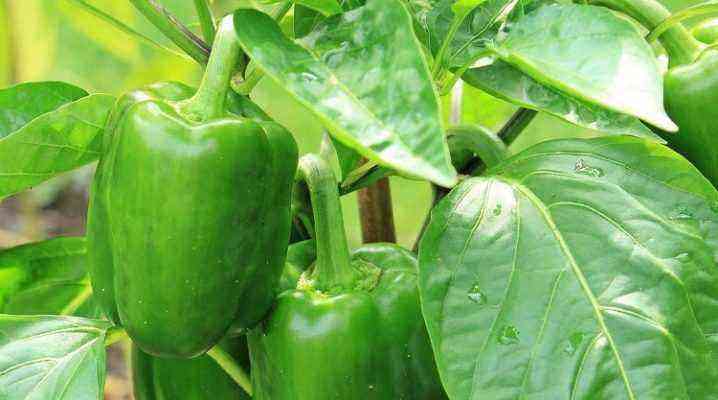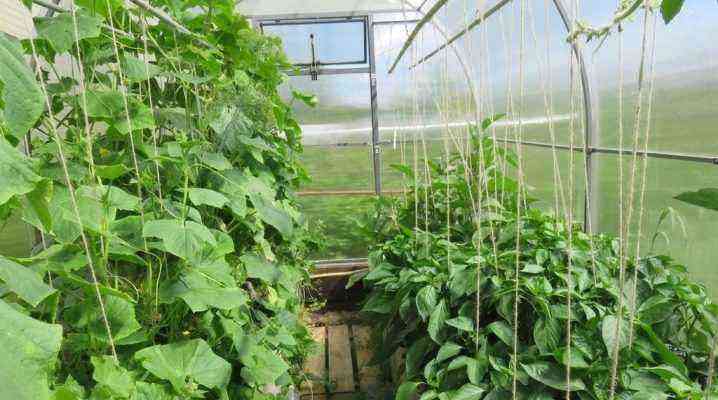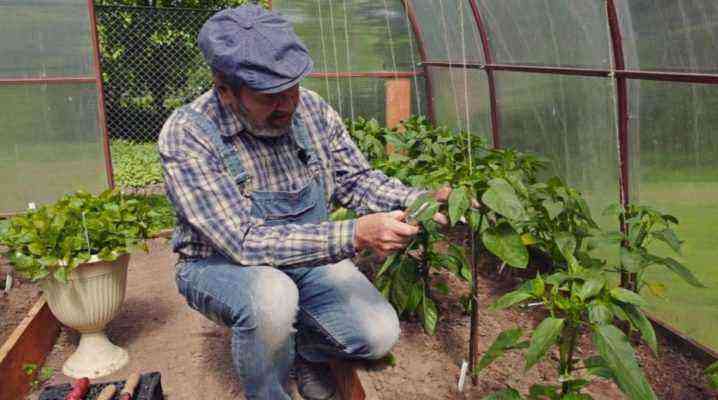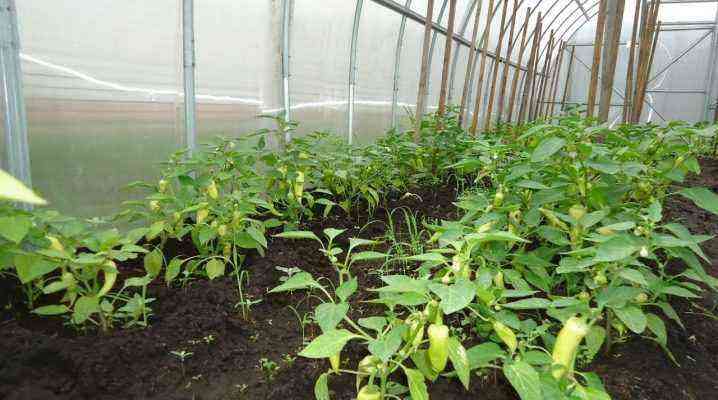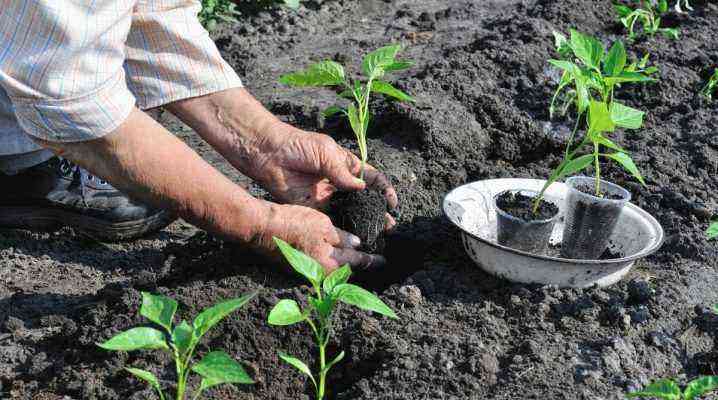
Timely watering, loosening, feeding, control of protection against pests and diseases – these are the main rules for growing a large and healthy pepper crop. But that’s not all. Every summer resident who decides to cultivate pepper must learn how to form it. The procedure has its own characteristics, techniques, schemes, they contain the whole point of this science. However, it is available to everyone to master it.

Features of the procedure
The main reason why it is necessary to form pepper at all is that a powerful bush grows in tall varieties. The volume of the green mass of the plant is so significant that it spends all its energy on maintaining it, and not on the formation of fruits. As a result, the yield drops. And since a person can successfully intervene in the process, he does this – he forms a pepper.
Of course, you need to focus on varieties: undersized and dwarf ones do not need such care. Those that turned out to be weak, often ill, may not endure the procedure.

So, the following points speak in favor of the formation:
- strength and stability of the plant skeleton;
- the bush is cleared of barren shoots and does not waste strength on them;
- the illumination of the plant becomes much more uniform;
- bush ventilation is also easily adjusted;
- the load that provokes an excess of ovaries is reduced;
- all the forces the plant spends on the ripening of fruits;
- finally, the pepper looks more aesthetically pleasing in the garden.
If a huge part of the entire plot is occupied by pepper, it will be difficult for the owner to cope with each bush. But usually a greenhouse or even part of it is allocated to this plant, and therefore the procedure is quite feasible.
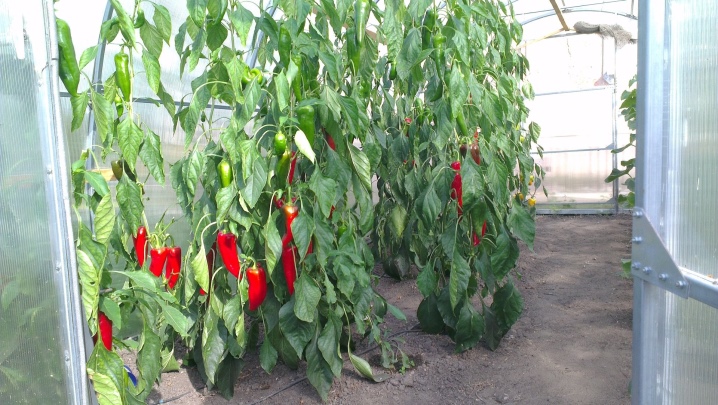
Basic techniques
Deadlines need to be set: you can form a bell pepper after the bush has grown to 18 cm and the first fork has appeared. Always start by pinching off excess shoots, removing leaves and branches growing below the fork.
Now let’s talk more about the methods used.
- Removing crown buds. They can be seen even at the seedling stage, when the bush is already at least 15 cm. The culture branches, and a bud appears at the branching point, so it will have to be removed. No need to be afraid: shoots of the first level are formed in its place. Then you need to choose a couple of the strongest of them, subsequently they will become the skeleton of the plant. This is what the perfect bush looks like.
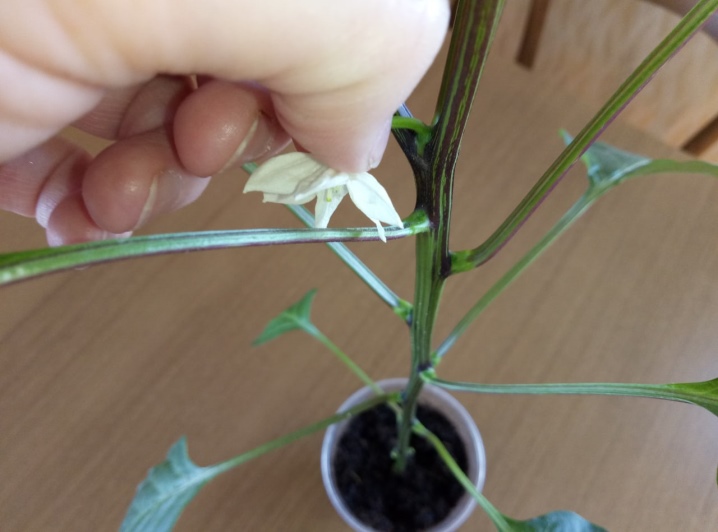
- Removal of excess shoots. The appearance of 10-12 leaves on a pepper means that you can remove all the branches, in addition, of course, to the skeletal ones. Then empty shoots will appear on the main stem under the branching point and they will also need to be removed. And with all fruitless branches to do the same.

- Leaf clipping. To increase the yield of pepper, a couple of leaves should be left on one fruit. And the rest of the foliage is redundant, it only thickens the bush. Dying leaves must also be removed, because they are potentially dangerous, they can infect the entire plant. Remove about 2 leaves per day.
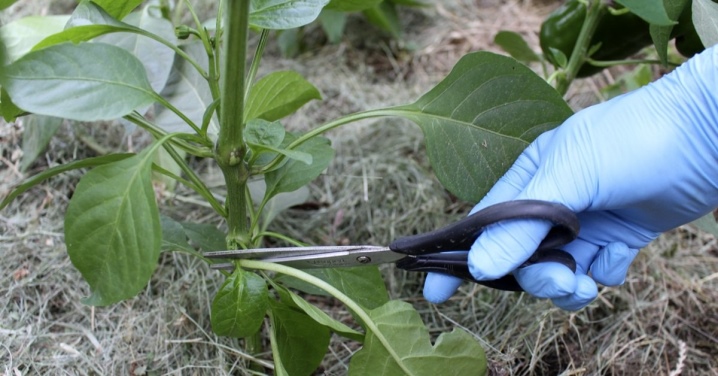
- Topping. And this is necessary to accelerate the ripening of peppers. Perform pinching during the initial formation of fruits or, conversely, after harvesting. Pinch off the tops of the central shoots. This will help the branches not to grow, and the plant will direct its forces to fruit formation.
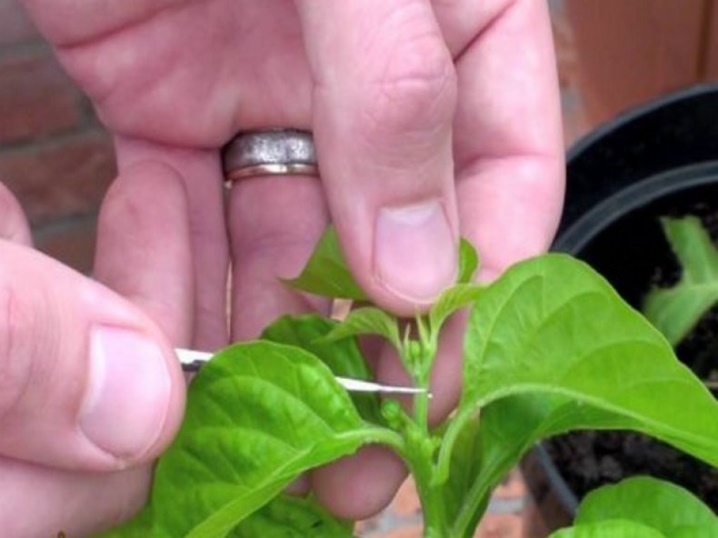
- Pasynkovanie. Stepchildren are formed in the internodes of the stems. The process of growth of sweet pepper must be regulated, that is, inspect the plantings every day.

It seems that there are a lot of tricks and you will have to mess around with the bushes a lot. But as you get used to, the processing will be fast and accurate, such care will not take much time.
Step by step diagrams
There are several of them, and the choice of scheme depends on various factors.
For example, 1-2 stems are more suitable for tall plants, and if it is decided to form a low-growing variety, then it is better to do it in 2-3 stems. And if the bush is tall, and the planting of peppers in the greenhouse is very dense, it can be formed into 1 stem.
In one stem
As soon as the plant begins to branch (it is important not to miss this point), the lateral processes must be carefully removed. Then the same shoots must be pinched, each should have a bud and a pair of leaf plates. After up to 15 full-fledged leaves are formed on the bush, pinch the top of the pepper too. But if the variety of pepper is such that it is naturally limited in height, this method is not even considered: this will not help to get a serious harvest.
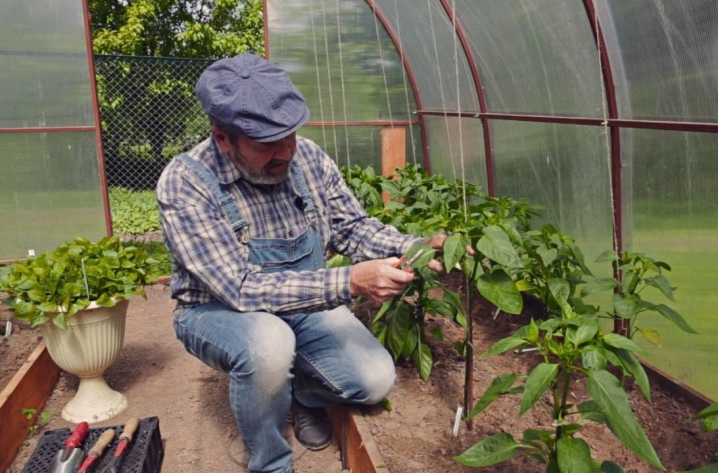
In two stems
This formation is much more popular. It is perfect for both medium and tall bushes. After the bushes began to branch, it is necessary to remove all processes, with the exception of the fork itself. Then only the most powerful stepson remains, the second is pinched with a count of a couple of sheets after the flower bud. When there are two dozen ovaries on the plant, you need to pinch the tops of the branches of the first level.
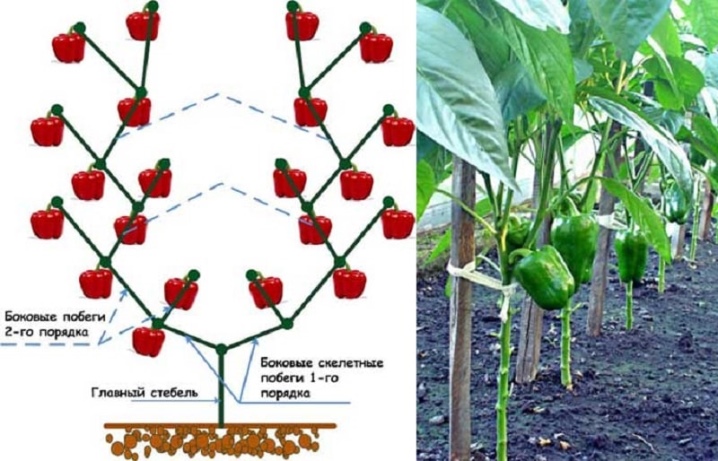
in three stems
This system is usually used for medium-sized crop hybrids.. At the beginning of the branching, 3 of the strongest shoots should be left on the bush. Then the principle of formation is similar in development to the previous one: in each fork the strongest process remains, the second is pinched one or two leaves above the flower bud. And the tops of each of the three stems must be pinched when a quarter of a hundred fruits can be counted on a bush.

How to form in different places of cultivation?
The secrets of formation did not end there. It is very important where exactly the pepper grows – right under the sun or still in a greenhouse.
In the greenhouse
Hybrids and tall varieties of pepper are formed in greenhouses. Between plants it is necessary to maintain an interval of 40-50 cm, and in the aisle – 70-80 cm. If these are peppers of medium height, there will be about 8 bushes per square meter. The lower shoots that do not have ovaries, as well as the leaves up to the first fork, are removed. This is necessary, because the planted bushes need to establish ventilation. In a greenhouse, this is not always good, because dense plantings can suffer.
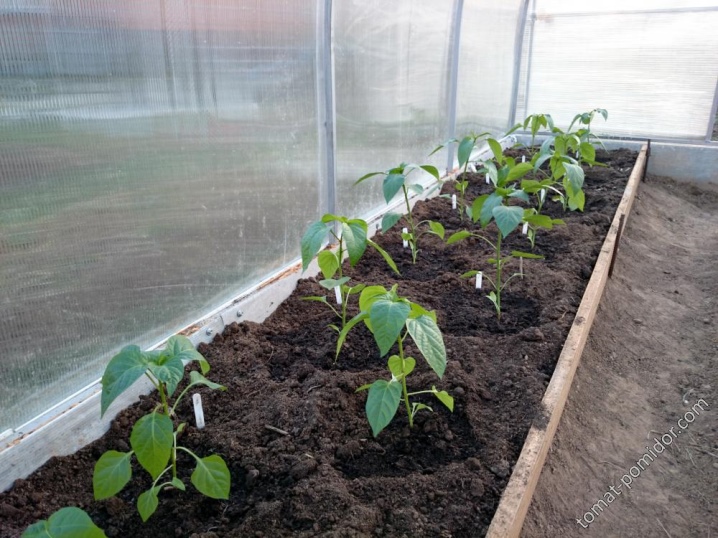
On the central branches of the first row, all stepchildren are removed by pinching. That shoot of the second row, which is weaker, should also be removed. By the way, you can leave the leaf and the fruit by pinching over the flower bud. Stepchildren, yellowish leaves also need to be broken off. With the shoots of the third row proceed in the same way. Still, do not forget that it would be right to put trellises in the greenhouse in the spring so that the seedlings have support and grow not in cramped conditions.
But you do not need to remove everything at once, but 2-3 leaves a day, otherwise the plant will experience great stress.
When the bush grows to a meter or even a little more, pinch the tops to prevent the pepper from growing further. The forces of the plant will be redistributed to fruit formation.

In open ground
Here, the formation is carried out only in the case of tall varieties. The procedure will consist in removing the crown buds and pinching the stems (recommended height is 30 cm from the surface). Leave 5 skeletal branches of the first order (usually this is the base of the bush), everything else is removed. And then leave 3 or 4 shoots after each fork. When the number of ovaries seems sufficient, you can cut off the top. After that, there will be no new ovaries, but the plant will concentrate on growing already formed fruits.
By the way, in a dry year, peppers growing in open ground should remain with their lower leaves preserved. If the season has been rainy since May, the lower leaves, on the contrary, are removed so that they do not contribute to the spread of fungal diseases.

The nuances of formation, taking into account the variety
And here, too, there is important information. If you do not find it out in advance, you can prepare for possible errors and insufficient pepper yields.
- Low-growing (these are those that grow to a maximum of half a meter). They may not be formed if they are not planted very close to each other. If the landing is dense, excess shoots and leaves should be cut off, improving air access to the roots and establishing high-quality lighting.
- Middle-aged (they grow up to a meter). It is necessary to cut off the lower sterile shoots of these plants, because they are unproductive, and the culture spends energy on them. If the foliage looks thick, you need to remove some leaves, otherwise the lack of light will affect the development of the plant.
- Tall (those that grow up to 2 m). They must be formed. Such varieties are grown in 1-3 stems, stepchildren, leaves, extra shoots are removed in a timely manner, and the growth of the main branches is inhibited at the stage of fruit ripening.
It seems to be easy to remember, and everything is quite logical. But gardeners still make mistakes, often ridiculous.
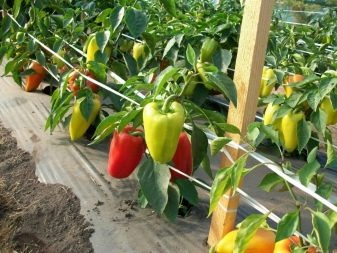
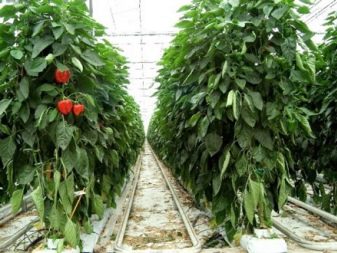
Possible mistakes
One of these mistakes is the refusal to remove the crown bud.. The plant will direct all its forces to its formation. Only on a couple of bushes can you leave a crown bud if you want to get high-quality seeds later and share them with someone.
The second common mistake is the use of non-sterile instruments during procedures. It’s a quick way to get an infection. You should not take the tool from the neighbors, and if you take it, then immediately disinfect it.
The third mistake is to remove many leaves from the bush at once. It has already been noted that this is an indisputable stress for the plant, and the operation necessarily involves several approaches. More than three leaves per day are not removed from the pepper.
Finally, the refusal to remove barren ovaries also results in an incorrect distribution of forces in pepper. Unproductive ovaries will grow and take food for themselves, which will deprive the productive ovaries of the necessary substances.
And they are often mistaken after the formation of the plant: it is impossible to water, fertilize, spray a newly formed bush. Pepper has already experienced a serious intervention, and something else will be excessive for him, he may weaken. And also it is necessary to refuse to carry out all procedures in rainy weather, in excessive humidity: the pepper will be more open to fungi, which is especially dangerous for a formed plant with fresh wounds.

Useful Tips
Finally, we will give some useful recommendations from experienced gardeners.
- Be sure to control the fruit load on the bush. One bush will give a maximum of 2-2,5 dozen fruits. For more, he simply does not have enough food. He can grow 30 peppers, but the quality will suffer. As soon as the number of ovaries has become optimal, it is necessary to pinch the tops of the shoots.
- The soil around the bushes must be loosened: this recommendation is mandatory at all stages of pepper growth and after formation too. This will improve the air permeability of the soil.
- If the weather is hot, you need to water the pepper twice a week.. But not immediately after formation.
- Pepper shaping is not a one-time procedure. If you are advised to cut off the leaves at a time, without sparing, remove the tops (and all in one day), you need to be skeptical of such advice. It is possible that some plants endured such an unmotivated load, but no advisers will return the lost crop to those who listened to them and miscalculated.
- On seedlings, a crown bud can grow not one, but two at once. You can delete both without hesitation. New shoots will then grow in this place, the bush will become taller, and its fruitfulness will increase.
- If you do not pinch the peppers, the root system of the plant may grow weak. The bush simply will not get food and water from the ground. Tall varieties without pinching will definitely increase the green mass, which will not give any sense, but will take away the strength of possible flowers and fruits.
- It is believed that the pepper, which has passed the formation, is more resistant to various types of mosaic, mercilessly affecting garden crops.
- The last cutting of leaves on a bush many gardeners try to spend 1,5 months before the fruit ripens.
